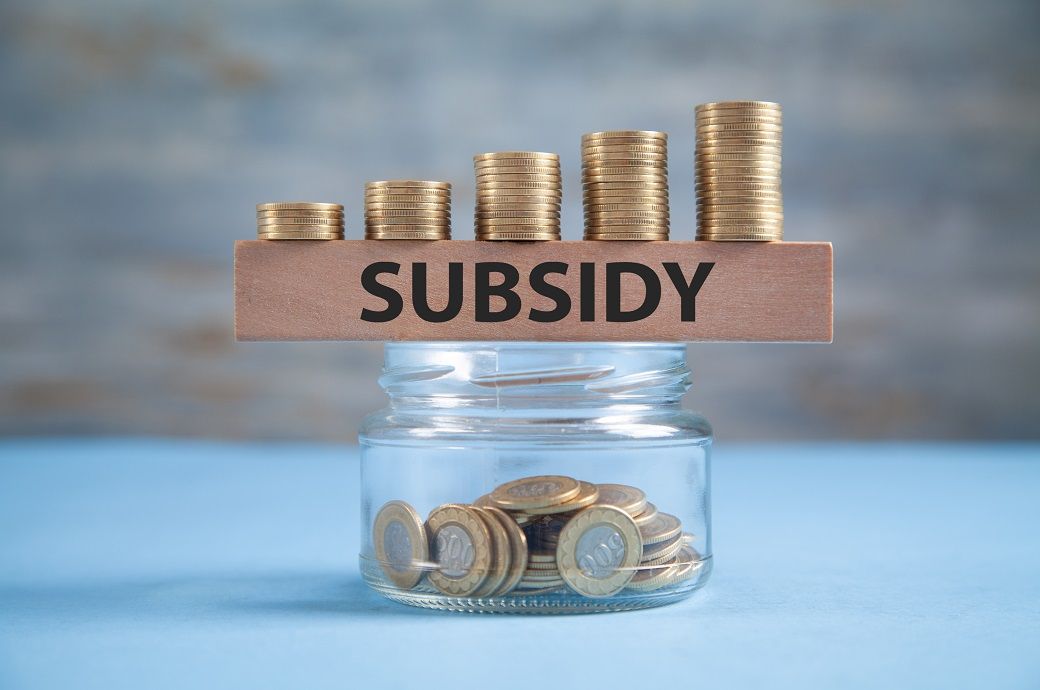
Reports underlined this adding, this has limited the success of the government’s diversification initiative while highlighting currently, 43 sectors receive taxpayer-funded cash support, with rates ranging from 0.5 per cent to 15 per cent.
Among these, only the garment sector has consistently excelled, establishing Bangladesh as the world’s second-largest apparel supplier. The sector accounts for approximately 85 per cent of the country’s exports even as over the years, the government has spent thousands of crores of taka to help exporters become competitive in international trade.
However, this support must end after 2026, as World Trade Organization (WTO) rules prohibit developing and developed countries from providing direct cash incentives to the exporters and with Bangladesh set to become a developing country in November 2026, the government has already begun reducing subsidies for almost all sectors even as it aims to gradually phase out the rates and protect exporters from the shock of a sudden withdrawal of cash aid.
The highest cash incentive rate has been reduced from 20 per cent to 15 per cent for most sectors. Only four sectors—diversified jute products, vegetables, fruits and products in the agro-processing sector, potatoes, and halal meat and processed meat exporters—will qualify for the top rate.
Despite the potential and direct cash assistance, sectors like jute, leather, agro-processing, and frozen foods have not matched the garment sector’s success. Even within the garment sector, results are mixed, with a strong focus on cotton based garments, despite the global shift towards non-cotton items which fetch better prices.
Meanwhile, Zahid Hussain, a former lead economist of the World Bank, suggested reconsidering the current incentive strategy, as many sectors failed to produce positive outcomes despite the financial support even as he noted that the lack of diversification in exports, except for garments, highlights the inefficacy of the current approach and hinted at corruption in the management of cash incentives.
He recommended reassessing the eligibility of sectors for incentives post-LDC graduation while SM Mannan Kochi, president of the Bangladesh Garment Manufacturers and Exporters Association (BGMEA), advocated for the continuation of incentives after the LDC graduation.
He pointed out that countries like India and China offer similar incentives under different names, such as technology upgradation or skills development funds while emphasising that numerous small and medium enterprises in Bangladesh need financial support to face post-LDC challenges, especially with rising business costs due to power tariff hikes.
Fibre2Fashion News Desk (DR)